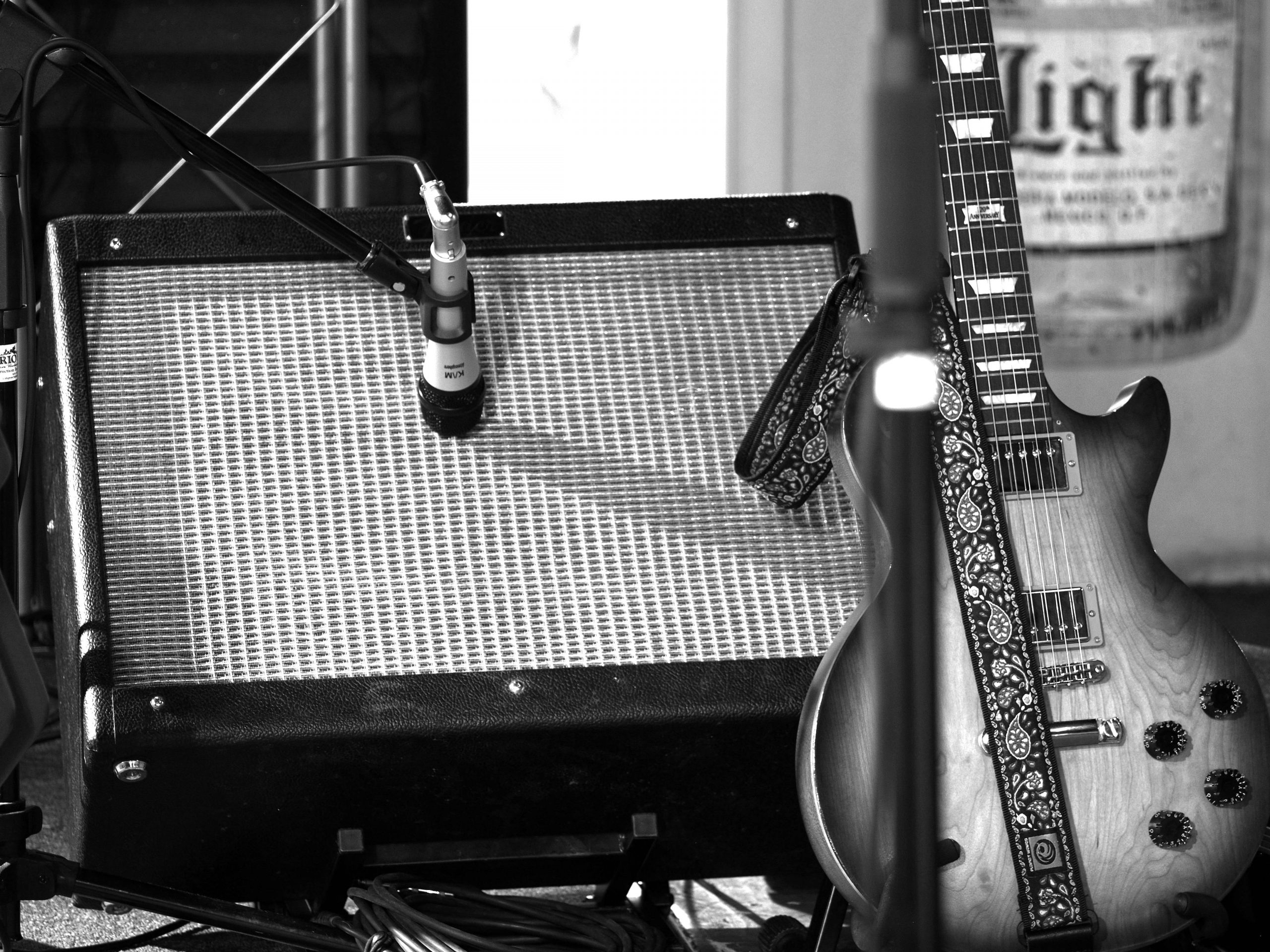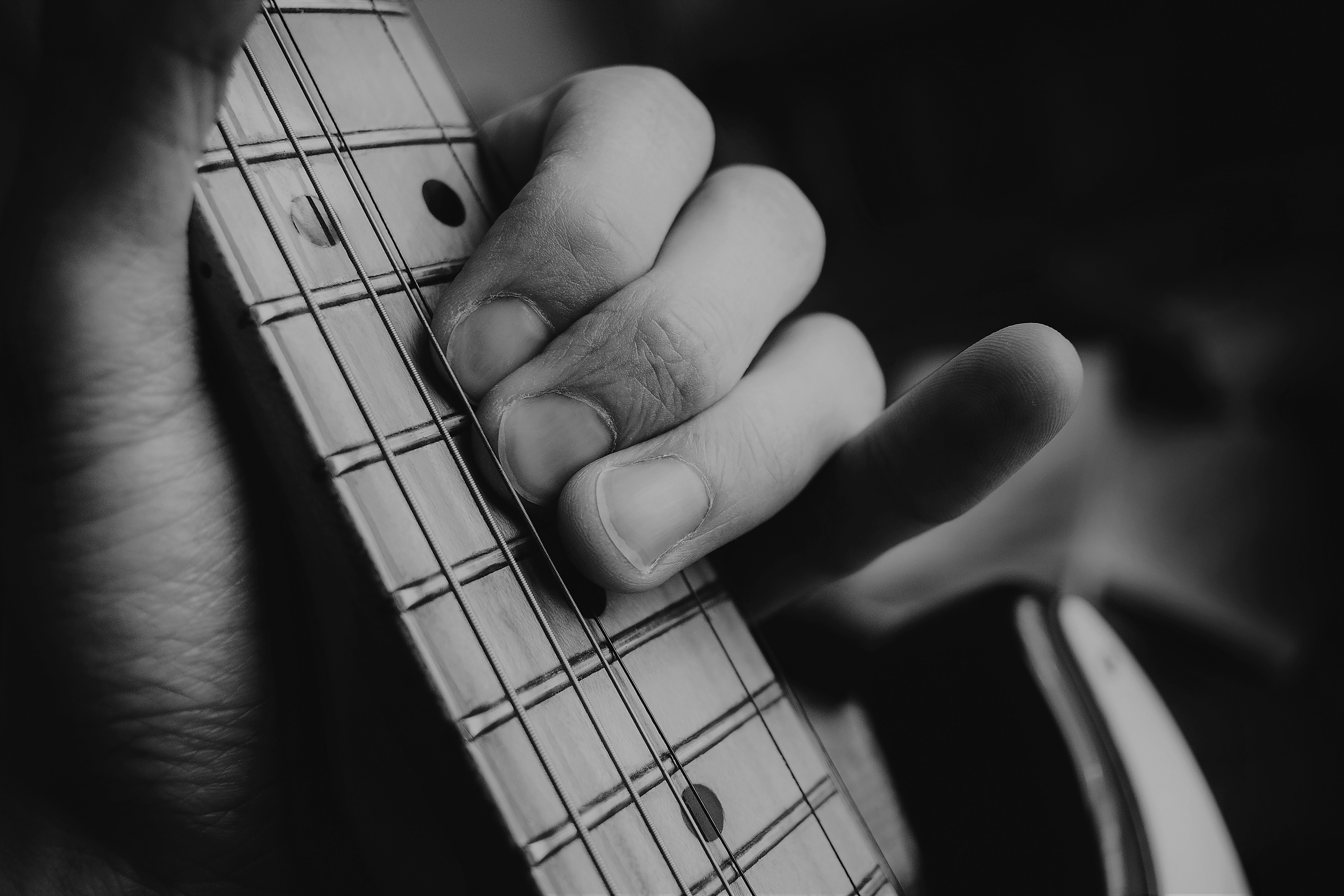Some scales, such as the pentatonics, fall under our fingers nicely and we’re able to make sweet music with them, while others such as the aforementioned 3NPS or CAGED shapes just don’t lend themselves well to phrasing. It was the late, great Eric Roche that opened my eyes to this at music college. His ‘standard’ tuning was DADGAD, which really doesn’t lend itself well to playing scales in a linear fashion, so what he would do was to incorporate open strings with one or two notes per string to create scales that rippled up the fretboard and sounded fantastic. We’re not going it take it those extremes during this lesson, but it’s something that’s well-worth looking into, especially if you play acoustic guitar in altered tunings.
The One-Octave Rule
When practicing phrasing it’s a good idea to restrict yourself to one octave because if you can make music with a handful of notes (a one-octave pattern), you can make music with a two or three-octave one without it sounding like you’re just running up and down scale patterns.
Let’s use G Mixolydian for our examples because it sounds great, although this works with any and every scale. Check out the first pattern below. It’s a 3NPS pattern, which some people like, but I find it difficult to make music with because your hand tends to get locked in that 3NPS Satch-like grip. Once you’ve memorized the pattern, you can of course change up your fingering but even then, it doesn’t really do it for me. If you have a looper, load it up with a G7 chord and see what you can come up with.

I really like this next pattern because it seems to lend itself well to more musical phrasing. Try it out.

Here’s another one that frees up your fingers and forces you to move horizontally; add some slides and bends to this one and it’ll sound great.

Here’s one that you can start on your fourth finger with the notes falling nicely so that you can use one finger per fret.

Here’s another pattern you can start on your fourth finger; in fact, if you study it closely enough, you’ll see it’s the exact same pattern as the previous one, only warped by the fretboard – more on that here. This one is very usable because it feels like box one of the minor pentatonic scale.

How about this 4NPS (four-note-per-string) pattern. In this part of the fretboard the stretch isn’t too much and you’re sure to come up with some interesting ideas.

If you thought only pentatonic scales had 2 notes per string, check out the following pattern in which we break down this 7-note Mixolydian scale into 2 notes per string.

To finish up, here’s an obvious pattern but it’s a useful one again because it allows you to assign one finger per fret and cover all the notes.

The takeaway here is that while learning two or three-octave patterns across the fretboard makes for a good technical workout, it needs to be balanced out by zeroing in on these kinds of patterns in order to make music with the scale. This way, you’re dealing with a small enough amount of information to start to notice the details such as the intervals you’re choosing and perhaps even the note names.



